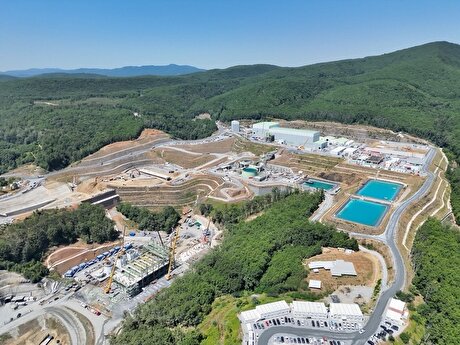
EU iron ore imports at 10-year low in August
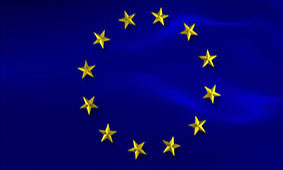
August imports totalled 8.17mn t, down from 10.27mn t in July and 12.02mn t in August 2018, trade data show. Volumes from every major supplying country were cut in August, including a 53pc year on year drop in imports from Brazil, a 37.4pc drop from Russia and a 7.2pc decline from Canada. Imports from South Africa were up by 41.8pc year on year, but down on the month by 52.6pc at 594,895t.
It is rare for the EU's monthly iron ore imports to drop below the 10mn t mark, and the last time they were in the region of August's level was in mid-2009 with 6.26mn t imported in June and 8.63mn t imported in July.
Total January-August iron ore imports came to 89.64mn t, down from 96.18mn t a year earlier.
German iron ore imports slipped to 2.5mn t in August, down from 2.96mn t in July and 2.6mn t in August 2018. Germany's total January-August imports came to 26.29mn t, little changed from 26.96mn t a year earlier as high-structured long-term supply contracts continue to sustain inflows.
Many European mills are understood to have already lifted scrap ratios in their blast oxygen furnaces to their upper limit of around 20pc in order to reduce consumption of comparatively expensive high-grade iron ore products, so they now have little scope to make further adjustments in that area, sources said. The ratio of lump to pellets being used has also been pushed as far as possible for most steelmakers, with once source noting adjustments this year from German mills in particular to increase lump usage.
EU steelmakers have come under considerable strain from iron ore costs this year, particularly as 62pc Fe fines benchmarks hit multi-year highs of just over $125/dmt cfr Qingdao in early July amid talk of tight supply following the fatal dam collapse at Vale's Brumadinho site in January. The mid-year price spike caused particular consternation amongst Europeans, who have for many months been describing plentiful regional iron ore supply bordering on excess.
The Argus ICX index for 62pc Fe fines is currently at $85.80/dmt cfr Qingdao, down from the July high by still up from $74.15/dmt a year ago.
Atlantic pellet costs
European market participants currently describe frequent offers of pellet in the Atlantic — particularly of CIS origin — marking a significant shift after the global pellet supply tightness of the past few years.
A significant number of Brazilian pellet cargoes are being diverted from Europe to China in the fourth quarter, market participants said, underscoring the regional oversupply issue.
There remains a high degree of ambiguity around the pellet costs being shouldered by European mills, with buyers largely reluctant to disclose details and provisional pricing terms still understood to be in wide use for 2019 supply.
The absence of 2019 pellet price clarity from European mills is causing some onlookers to question whether suppliers have actually managed to switch the price base to a 65pc Fe fines index from a 62pc Fe fines index — a switch that has been met with considerable buy-side resistance — and this is then fuelling uncertainty about which base will be used for 2020 Atlantic contracts.
Some analysts estimate current Atlantic premiums for blast furnace grade 65pc Fe pellets in the mid-$30s/t, but no actual trading activity has been seen at this price. The widespread expectation is for 2020 Atlantic pellet supply contracts to be settled significantly lower than 2018's $58/t premium to a 62pc Fe fines base for BF pellets and $62/t premium for DR grade pellets.
Indian pellet exports to the EU have dried up since the second quarter, but a cargo was recently heard sold to Turkey. It remains to be seen whether European interest in Indian pellets will revive once the steel market strengthens again. Some regional mills are understood to be monitoring the potential for Indian pellets in their facilities, although they have not made any bookings.
Argus last assessed Indian 64pc Fe, 3pc Al pellets at $103/dmt cfr Qingdao on 15 October. The price for 64pc pellets with 2pc Al was assessed at $105/dmt cfr Qingdao.

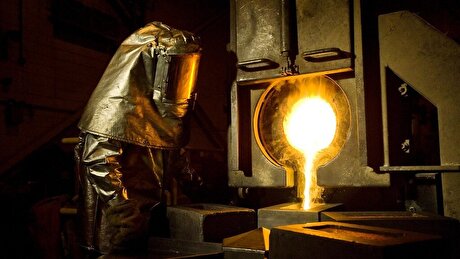
Newmont nets $100M payment related Akyem mine sale

First Quantum scores $1B streaming deal with Royal Gold

Caterpillar sees US tariff hit of up to $1.5 billion this year
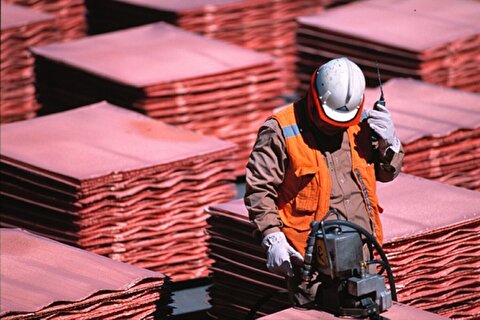
Copper price collapses by 20% as US excludes refined metal from tariffs
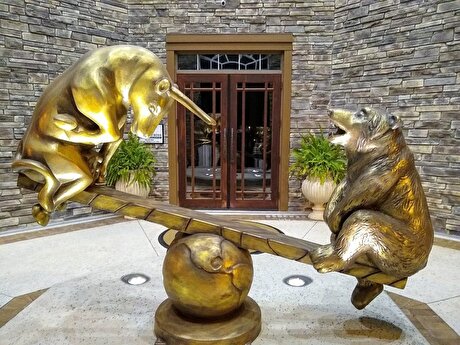
Gold price rebounds nearly 2% on US payrolls data

St Augustine PFS confirms ‘world-class’ potential of Kingking project with $4.2B value

B2Gold gets Mali nod to start underground mining at Fekola
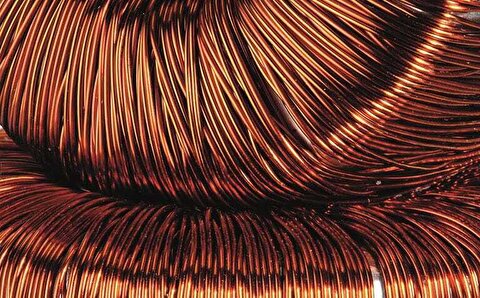
Copper price posts second weekly drop after Trump’s tariff surprise

Goldman told clients to go long copper a day before price plunge
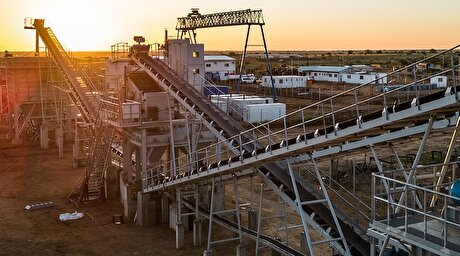
NextSource soars on Mitsubishi Chemical offtake deal

Copper price slips as unwinding of tariff trade boosts LME stockpiles

SAIL Bhilai Steel relies on Danieli proprietary technology to expand plate mill portfolio to higher steel grades

Alba Discloses its Financial Results for the Second Quarter and H1 of 2025
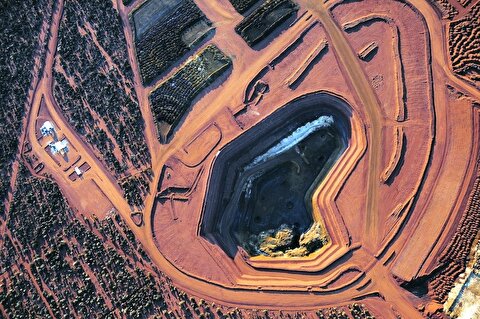
Australia weighs price floor for critical minerals, boosting rare earth miners

Australia pledges $87M to rescue Trafigura’s Nyrstar smelters in critical minerals push

Fresnillo lifts gold forecast on strong first-half surge

Why did copper escape US tariffs when aluminum did not?
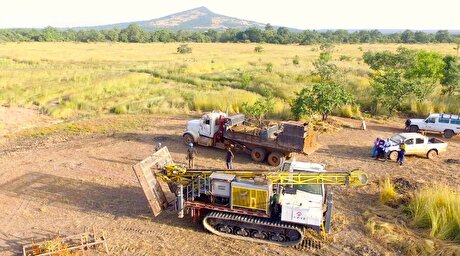
Fortuna rises on improved resource estimate for Senegal gold project

Caterpillar sees US tariff hit of up to $1.5 billion this year

NextSource soars on Mitsubishi Chemical offtake deal

Copper price slips as unwinding of tariff trade boosts LME stockpiles

SAIL Bhilai Steel relies on Danieli proprietary technology to expand plate mill portfolio to higher steel grades

Alba Discloses its Financial Results for the Second Quarter and H1 of 2025

Australia weighs price floor for critical minerals, boosting rare earth miners

Australia pledges $87M to rescue Trafigura’s Nyrstar smelters in critical minerals push

Fresnillo lifts gold forecast on strong first-half surge

Why did copper escape US tariffs when aluminum did not?

Fortuna rises on improved resource estimate for Senegal gold project














